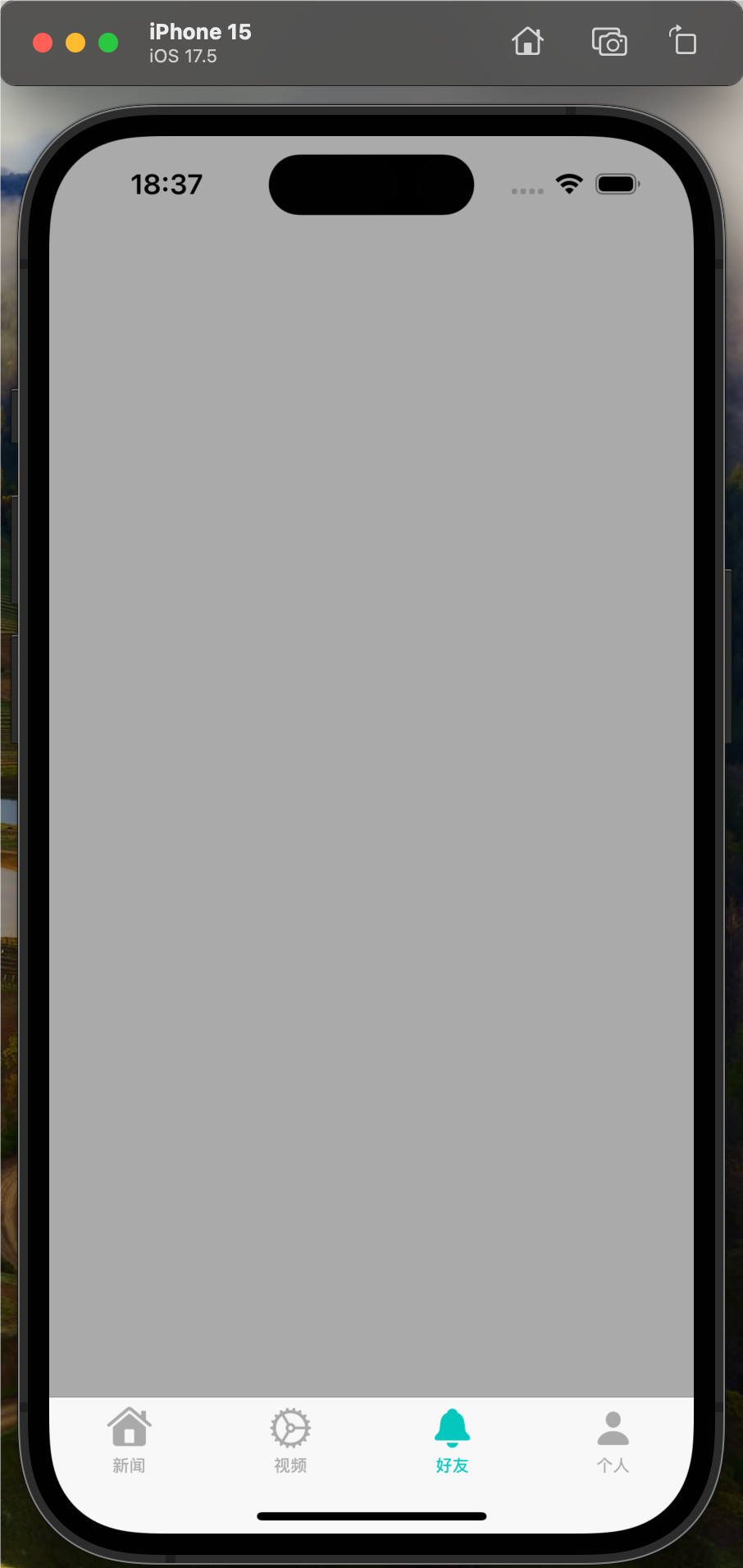我正在浏览AVFoundation.Framework的示例代码 – > AVSimpleEditoriOS&我发现以下一行我无法理解.
static void *AVSEPlayerItemStatusContext = &AVSEPlayerItemStatusContext; static void *AVSEPlayerLayerReadyFordisplay = &AVSEPlayerLayerReadyFordisplay;
考虑以下
static void *AVSEPlayerItemStatusContext = nil; static void *AVSEPlayerLayerReadyFordisplay = nil;
在上面的两行中,我可以看出那些是2个静态的void / generic指针,带有一些奇特的名字.
现在回到这两行,我再次粘贴在这里,
static void *AVSEPlayerItemStatusContext = &AVSEPlayerItemStatusContext; static void *AVSEPlayerLayerReadyFordisplay = &AVSEPlayerLayerReadyFordisplay;
上面的意思是,2个静态void / generic指针存储它自己的&为什么它需要在什么意义上?
我只需要很少的指导来学习这种编码模式.
等待知识.
解决方法
一个自引用指针
static void *foo = &foo;
只是一种在编译时创建唯一指针的方法.
在该“AVSimpleEditoriOS”示例项目中,这些指针稍后用作上下文参数
[self addobserver:self forKeyPath:@"player.currentItem.status" options:NSkeyvalueObservingOptionNew context:AVSEPlayerItemStatusContext];
和
[self addobserver:self forKeyPath:@"playerLayer.readyFordisplay" options:NSkeyvalueObservingOptionInitial | NSkeyvalueObservingOptionNew context:AVSEPlayerLayerReadyFordisplay];
context参数的实际值根本不重要,它只是一些独特的
传递给的值
- (void)observeValueForKeyPath:(Nsstring *)keyPath ofObject:(id)object change:(NSDictionary *)change context:(void *)context { if (context == AVSEPlayerItemStatusContext) { // Notification for @"player.currentItem.status" // ... } else if (context == AVSEPlayerLayerReadyFordisplay) { // Notification for @"playerLayer.readyFordisplay" // ... } else { // Something else,pass to superclass: [super observeValueForKeyPath:keyPath ofObject:object change:change context:context]; } }
(或者,可以检查observeValueForKeyPath中的keyPath参数.)请参阅下面的@BavarIoUs’评论,了解为什么唯一的上下文指针通常比键路径字符串更受欢迎.

